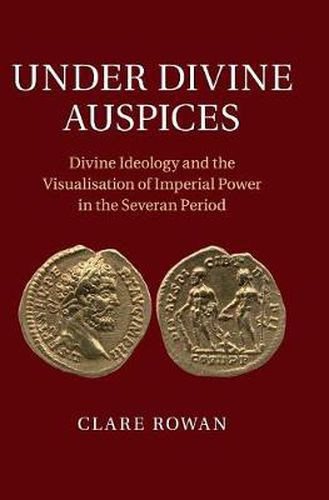Readings Newsletter
Become a Readings Member to make your shopping experience even easier.
Sign in or sign up for free!
You’re not far away from qualifying for FREE standard shipping within Australia
You’ve qualified for FREE standard shipping within Australia
The cart is loading…






This book explores how deities were used to communicate and negotiate imperial power under the Severan dynasty (AD 193-235). Septimius Severus connected his reign to the divine support of Liber Pater and Hercules, while Caracalla placed a particular emphasis on the gods Apollo, Aesculapius and Sarapis. Elagabalus’ reign was characterised by the worship of the Emesene deity Elagabal, which resulted in a renewed emphasis on the cult of Jupiter under Severus Alexander. Numismatic evidence is reintegrated into the wider material culture of the Severan period in order to bring new insights into the use of the divine in this period, as well as the role played by the provinces in the formation and reception of this ideology. By taking a dynastic approach, this book demonstrates the dynamic nature of the imperial public image and the complex dialogue that existed between Rome and the wider Empire in this period.
$9.00 standard shipping within Australia
FREE standard shipping within Australia for orders over $100.00
Express & International shipping calculated at checkout
This book explores how deities were used to communicate and negotiate imperial power under the Severan dynasty (AD 193-235). Septimius Severus connected his reign to the divine support of Liber Pater and Hercules, while Caracalla placed a particular emphasis on the gods Apollo, Aesculapius and Sarapis. Elagabalus’ reign was characterised by the worship of the Emesene deity Elagabal, which resulted in a renewed emphasis on the cult of Jupiter under Severus Alexander. Numismatic evidence is reintegrated into the wider material culture of the Severan period in order to bring new insights into the use of the divine in this period, as well as the role played by the provinces in the formation and reception of this ideology. By taking a dynastic approach, this book demonstrates the dynamic nature of the imperial public image and the complex dialogue that existed between Rome and the wider Empire in this period.